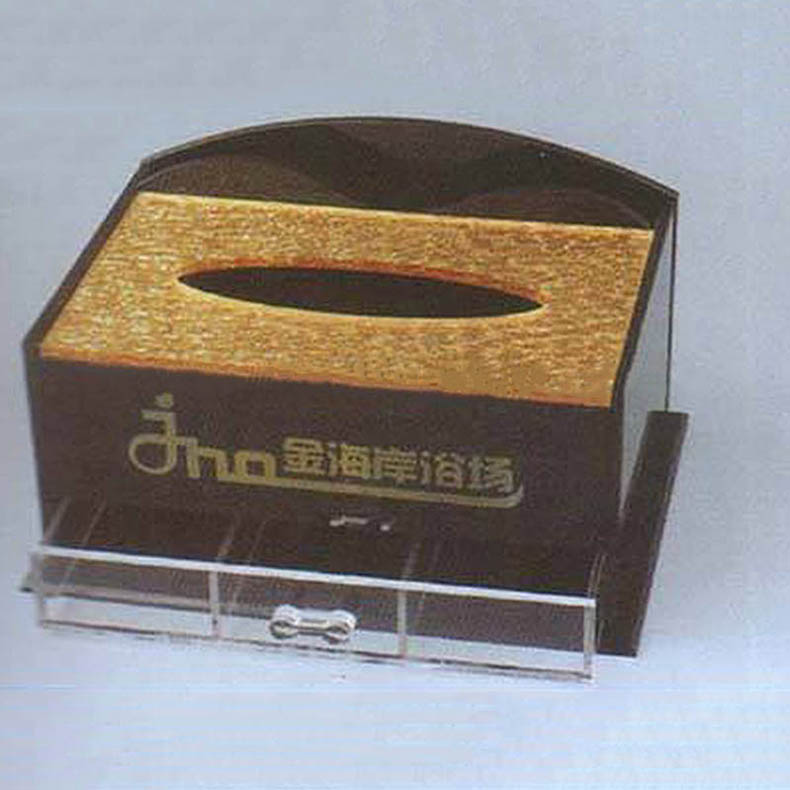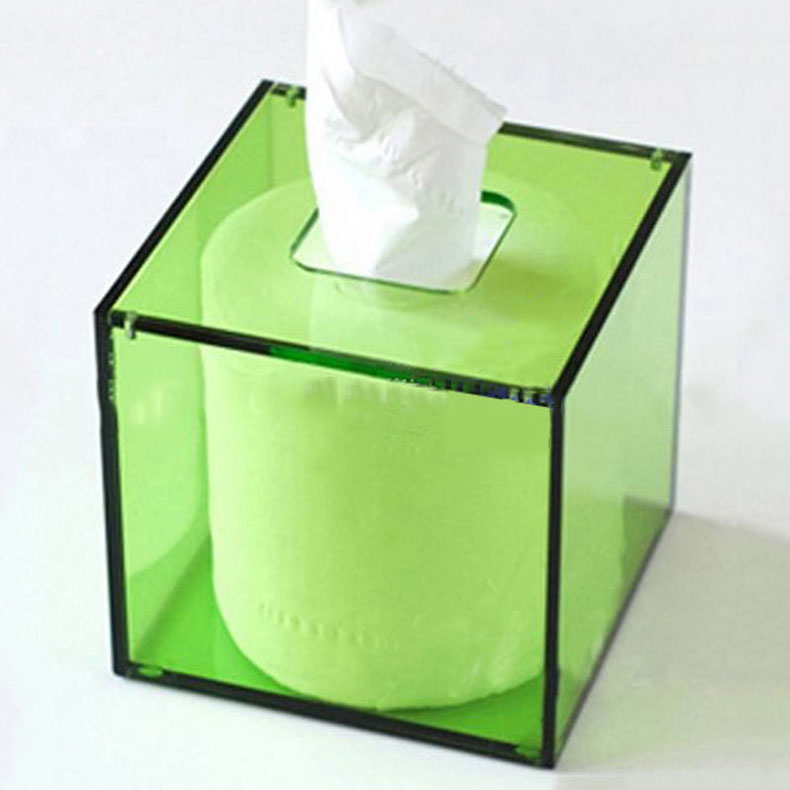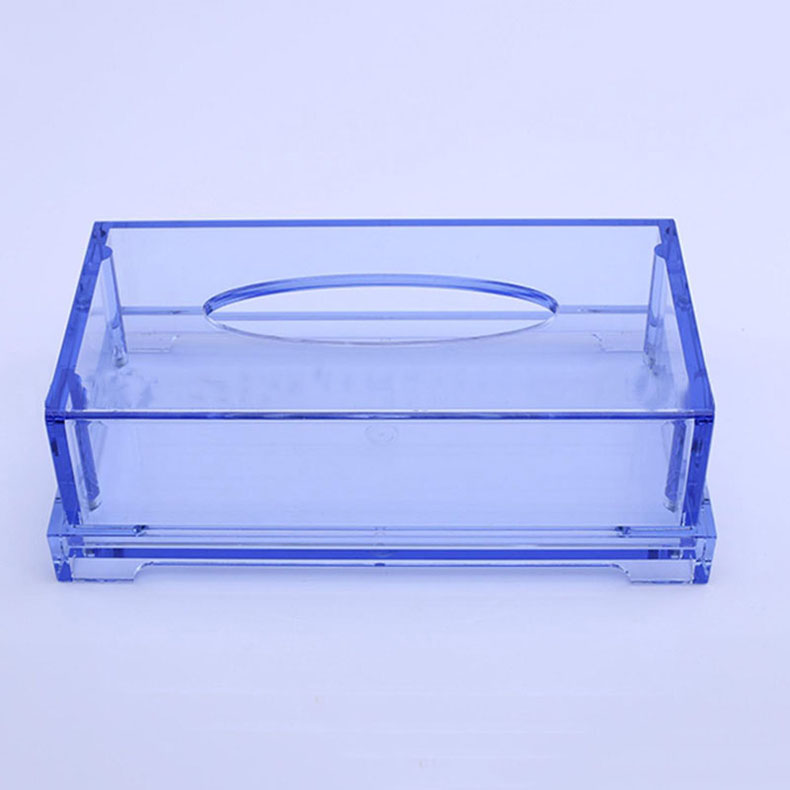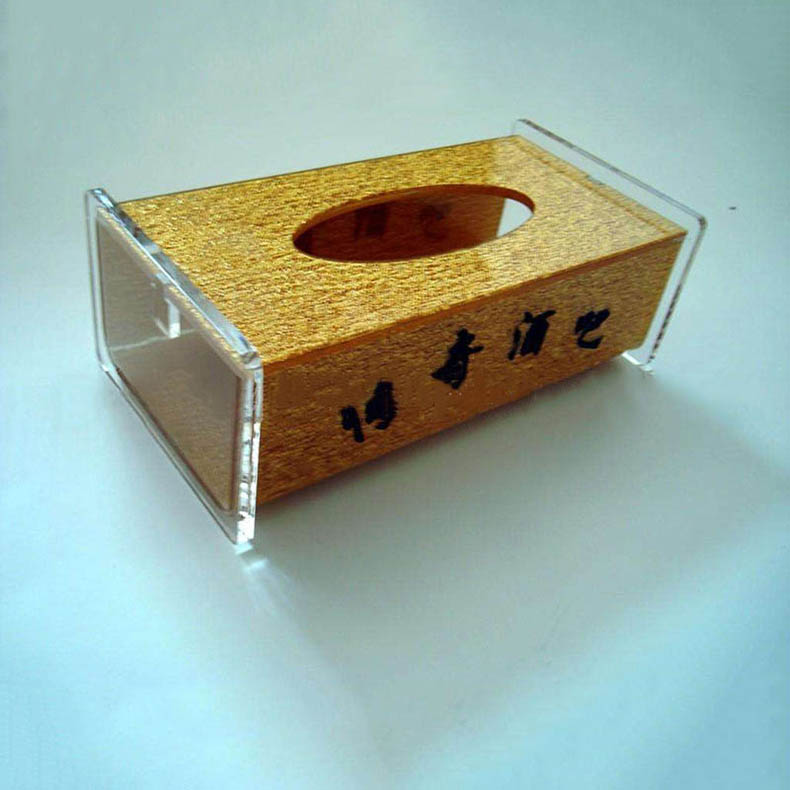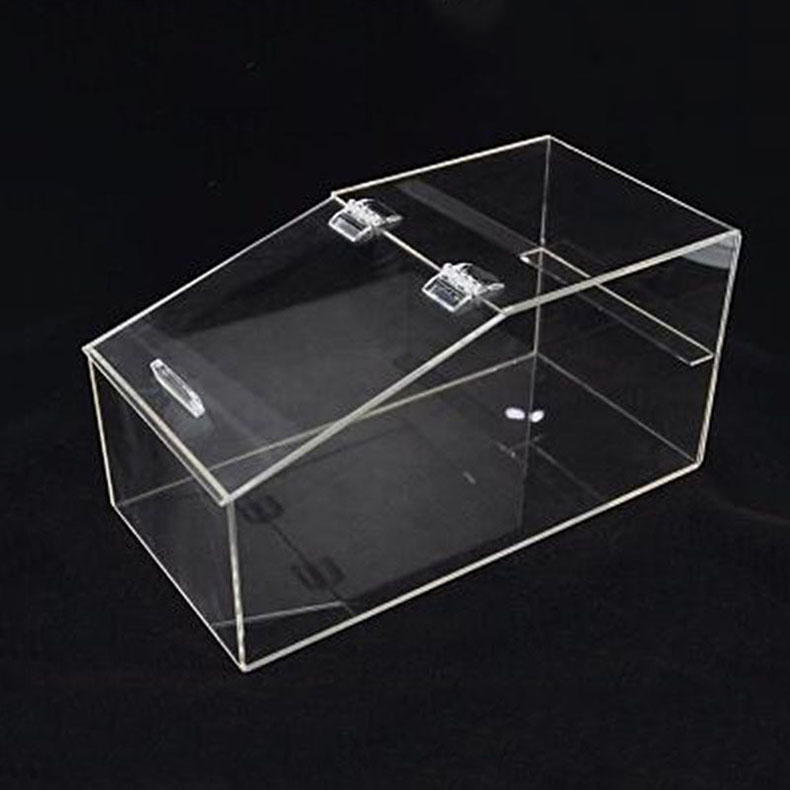Acrylic sheets, also known as plexiglass or PMMA (polymethyl methacrylate), are versatile materials widely used in various industries and DIY projects due to their transparency, durability, and ease of fabrication. However, with a wide range of acrylic sheets available in the market, choosing the right one can be a daunting task. This guide will provide you with the necessary information to make an informed decision when selecting an acrylic sheet for your specific needs.
Consider the Application
The first step in choosing the right acrylic sheet is to determine its intended application. Acrylic sheets can be used for a variety of purposes, such as signage, display cases, windows, aquariums, and artistic projects. Each application has different requirements in terms of thickness, clarity, strength, and UV resistance.
Signage and Displays: For indoor signage and displays, a clear or colored acrylic sheet with a thickness of 1/8" to 1/4" is usually sufficient. These sheets offer excellent transparency and can be easily cut, drilled, and polished to achieve the desired shape and finish.
Windows and Glazing: When used as windows or glazing, acrylic sheets need to be thicker and more impact-resistant. A thickness of 1/4" to 1/2" is recommended for residential and commercial applications. Additionally, choose an acrylic sheet with high UV resistance to prevent yellowing and degradation over time.
Aquariums: Acrylic sheets are a popular choice for aquariums due to their clarity, strength, and lightweight. For small aquariums, a thickness of 1/4" to 3/8" is suitable, while larger aquariums may require a thickness of 1/2" or more. Make sure to choose an acrylic sheet that is specifically designed for aquarium use and has excellent water resistance.
Artistic Projects: Acrylic sheets can be used for a variety of artistic projects, such as painting, sculpting, and jewelry making. For these applications, you may want to choose a colored or textured acrylic sheet to add visual interest to your work. Thinner sheets (1/16" to 1/8") are often used for delicate projects, while thicker sheets can be used for more substantial pieces.
Evaluate the Quality
The quality of an acrylic sheet can vary significantly depending on the manufacturer and the production process. When choosing an acrylic sheet, it is important to evaluate its quality to ensure that it meets your requirements.
Clarity: The clarity of an acrylic sheet is one of its most important properties. Look for a sheet that is free of bubbles, scratches, and other imperfections. A high-quality acrylic sheet should have a transparency of at least 92%, which is comparable to glass.
Strength and Durability: Acrylic sheets are known for their strength and durability, but the level of strength can vary depending on the thickness and quality of the sheet. Choose a sheet that is thick enough to withstand the intended application and has a high impact resistance. Additionally, look for a sheet that is resistant to chemicals, weathering, and UV radiation.
Surface Finish: The surface finish of an acrylic sheet can affect its appearance and performance. Smooth, polished surfaces are ideal for applications where transparency and clarity are important, while textured surfaces can provide a non-slip or decorative effect. Make sure to choose a sheet with a surface finish that is appropriate for your application.
Consider the Thickness
The thickness of an acrylic sheet is an important factor to consider when choosing the right one for your project. The thickness of the sheet will depend on the intended application, the size of the sheet, and the level of strength and durability required.
Thin Sheets (1/16" to 1/8"): Thin acrylic sheets are lightweight and flexible, making them ideal for applications such as signage, displays, and artistic projects. They are also easy to cut and shape, but may not be as strong or durable as thicker sheets.
Medium Sheets (1/8" to 1/4"): Medium-thickness acrylic sheets are a popular choice for a variety of applications, including windows, glazing, and display cases. They offer a good balance of strength, durability, and transparency, and can be easily fabricated using standard tools.
Thick Sheets (1/4" to 1/2" or more): Thick acrylic sheets are used for applications where strength and durability are critical, such as aquariums, safety barriers, and industrial equipment. They are more difficult to cut and shape than thinner sheets, but offer excellent impact resistance and long-term performance.
Look for UV Resistance
UV radiation can cause acrylic sheets to yellow, crack, and become brittle over time. To prevent this from happening, it is important to choose an acrylic sheet that has a high level of UV resistance.
UV-Resistant Coating: Some acrylic sheets are coated with a UV-resistant layer to protect them from the sun’s harmful rays. This coating can significantly extend the lifespan of the sheet and prevent yellowing and degradation.
UV-Resistant Material: In addition to a UV-resistant coating, some acrylic sheets are made from a UV-resistant material that provides inherent protection against UV radiation. These sheets are ideal for outdoor applications where they will be exposed to direct sunlight for extended periods of time.
Compare Prices and Suppliers
Finally, it is important to compare prices and suppliers when choosing an acrylic sheet. The price of an acrylic sheet can vary depending on the thickness, quality, and size of the sheet, as well as the supplier.
Shop Around: Take the time to shop around and compare prices from different suppliers. Look for suppliers that offer high-quality acrylic sheets at competitive prices, and that have a good reputation for customer service.
Consider Bulk Purchases: If you need a large quantity of acrylic sheets, consider purchasing them in bulk. Many suppliers offer discounts for bulk purchases, which can help you save money in the long run.
Check for Warranties: When purchasing an acrylic sheet, make sure to check for warranties. A good warranty can provide you with peace of mind and protect you against any defects or issues with the sheet.
In conclusion, choosing the right acrylic sheet requires careful consideration of the application, quality, thickness, UV resistance, and price. By following these guidelines, you can select an acrylic sheet that meets your specific needs and provides long-term performance and value.



